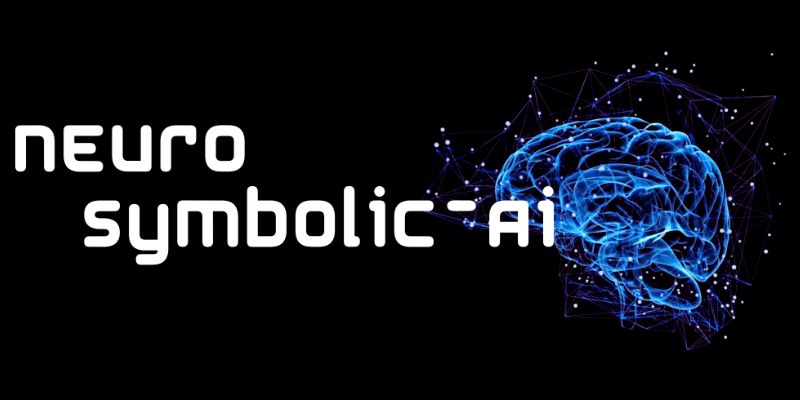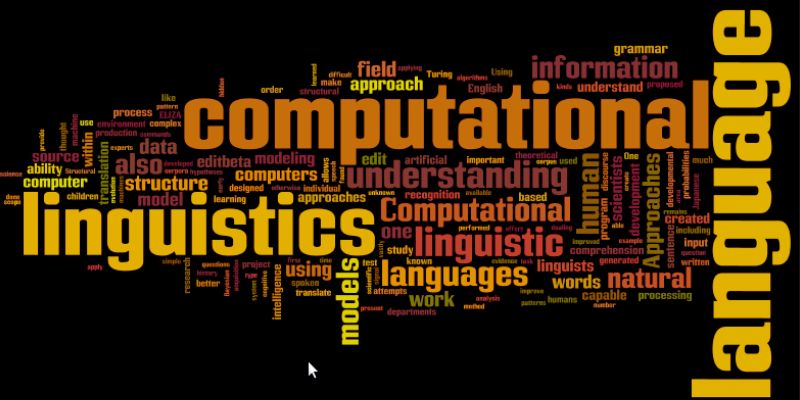Language models aren't just a tech trend anymore—they've slipped into everyday tools, apps, and conversations. Whether you're writing emails, sorting through complex documents, or asking for help with coding, chances are, there's an LLM quietly doing the heavy lifting. However, not all models are built in the same way. Some are chatty and creative, while others stay close to the facts. If you're wondering which ones are worth your time and how to actually start using them, here's a solid list that keeps it simple.
Top 10 LLMs and How to Access Them
GPT-4 (OpenAI)
GPT-4 stands out for handling depth and nuance better than most. It’s designed to follow instructions, switch tones, and offer context-aware responses. OpenAI’s interface, ChatGPT, gives you access to this model, but you’ll need the paid ChatGPT Plus plan to use GPT-4. There’s also an API through OpenAI’s developer platform if you’re working on apps or automation. It’s especially popular for writing, tutoring, and code reviews. Use it via chat.openai.com.
Claude 3 (Anthropic)

Claude is often described as polite and well-structured in their replies. It's good at summarizing long documents and keeping track of conversation threads. The Claude 3 family includes three tiers: Haiku (fast), Sonnet (balanced), and Opus (most capable). One of the standout features is its ability to handle longer context than most other models. You can use Claude directly on claude.ai or through connected tools like Notion AI and Quora's Poe.
Gemini 1.5 (Google DeepMind)
Gemini (previously called Bard) taps into Google’s vast infrastructure. It works well with multiple formats, like combining image inputs and text instructions in the same session. The tight integration with Gmail, Docs, and Sheets makes it practical if you’re already using Google Workspace. Gemini 1.5 Pro is the current top version, accessible through gemini.google.com. It’s available free with limited features, but for full access, there’s a paid AI Premium plan.
Mistral
Mistral is a lesser-known name but is gaining traction, especially among open-source users. It's a performant model built for speed and quality without the bulk of massive systems. You won't find it on a polished chat interface, but it's widely used in platforms like Hugging Face and LM Studio. Developers prefer Mistral because it’s easy to run on local machines or integrate into apps. It doesn’t talk much about personality—it’s focused on efficiency and staying accurate.
LLaMA 3 (Meta)
Meta’s LLaMA (Large Language Model Meta AI) is open-weight, so you can download it and run it as you like. LLaMA 3 is their newest version, optimized for better reasoning and fewer hallucinations. It’s popular among engineers who want control over how the model runs and responds. You’ll find it pre-integrated in tools like Perplexity AI and available on Hugging Face for custom use. It doesn’t come with a flashy interface but fits well in technical workflows.
Perplexity AI
Think of Perplexity as a hybrid between a chatbot and a research assistant. It pulls in real-time information from the web, gives citations, and lets you choose which model to run under the hood (GPT-4, Claude, etc.). It’s ideal when you need something backed by sources or want to explore a topic without digging through multiple tabs. The interface is clean, and many features are free at perplexity.ai, with an optional Pro plan for more depth.
Cohere Command R+

Cohere’s Command R+ is built with document retrieval in mind. If your task involves PDFs, data-heavy text, or long knowledge bases, this one shines. It’s focused more on understanding and summarizing than chatting. It’s accessible through Cohere’s own playground once you make a free account. While not as conversational as others, it’s precise with factual content. Developers can also access it through the Cohere API and start building search-integrated tools right away.
Groq + Mixtral
Groq is about doing things fast. It’s not a model on its own—it’s custom-built hardware that runs models like Mixtral faster than typical cloud services. The difference here is speed: answers show up almost instantly, even when prompts are long. The mixtral model it runs uses a mixture-of-experts approach, meaning only some parts of the model activate at once. Try it directly at chat.groq.com and see what low latency really means in practice.
Pi (Inflection AI)
Pi aims to feel more like talking to a thoughtful friend than a machine. It’s gentle, often reflective, and good for bouncing around ideas or getting a second opinion. The tone is designed to be emotionally aware and calm, so it's not overloaded with technical jargon or robotic phrasing. It works well for users looking for open-ended conversation or support. Head over to pi.ai and start chatting—no payment or setup is needed.
Amazon Bedrock
Amazon’s Bedrock isn’t just one model—it’s a collection of models from various companies, all in one spot. You get access to Claude, LLaMA, Command R+, and others, depending on what your project needs. It’s built for businesses looking to scale language AI without managing infrastructure. You’ll need an AWS account, and usage is metered through your cloud plan. Access it through the AWS console at aws.amazon.com/bedrock.
Conclusion
There's no shortage of LLMs these days, and the key isn't to find the "best" one—but the one that fits the job. If you want casual talk and an emotional tone, Pi handles that well. Need fast answers with no fluff? Groq is worth a try. For developers needing full control, LLaMA and Mistral offer flexible setups. Meanwhile, tools like Gemini and GPT-4 continue to set the bar for balanced performance. And if you’re not sure where to start, Perplexity wraps a few of them together, giving you a low-effort way to compare. The real benefit is being able to pick what works for your style, your project, and your pace.











